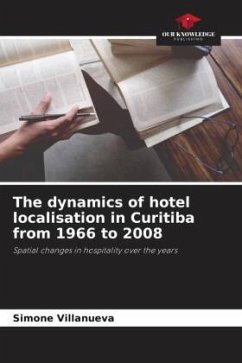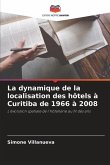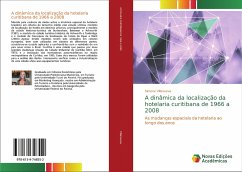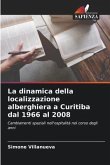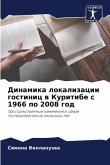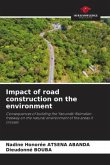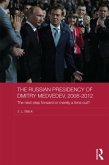Driven by the lack of data on the spatial dynamics of Brazilian hospitality in medium-sized cities, this study used hotel location models in urban destinations, mainly the historical-tourist city model of Burtenshaw, Bateman and Ashworth (1981), the historical-tourist city model of Ashworth and Tunbridge and the hotel location hierarchy model of Egan and Nield (2000). Although these models have been used in European cities, as well as in cities of different sizes, it was considered daring to apply them and compare them with the reality of a new country like Brazil. Curitiba is a city that has undergone two major changes: the creation of the Industrial City of Curitiba (CIC) in 1973; and the installation of automobile manufacturers in the metropolitan region of Curitiba in 1995. These two milestones were used to analyse the data. It is interesting to see how the industrialisation of a city affects its tourist facilities.
Bitte wählen Sie Ihr Anliegen aus.
Rechnungen
Retourenschein anfordern
Bestellstatus
Storno

